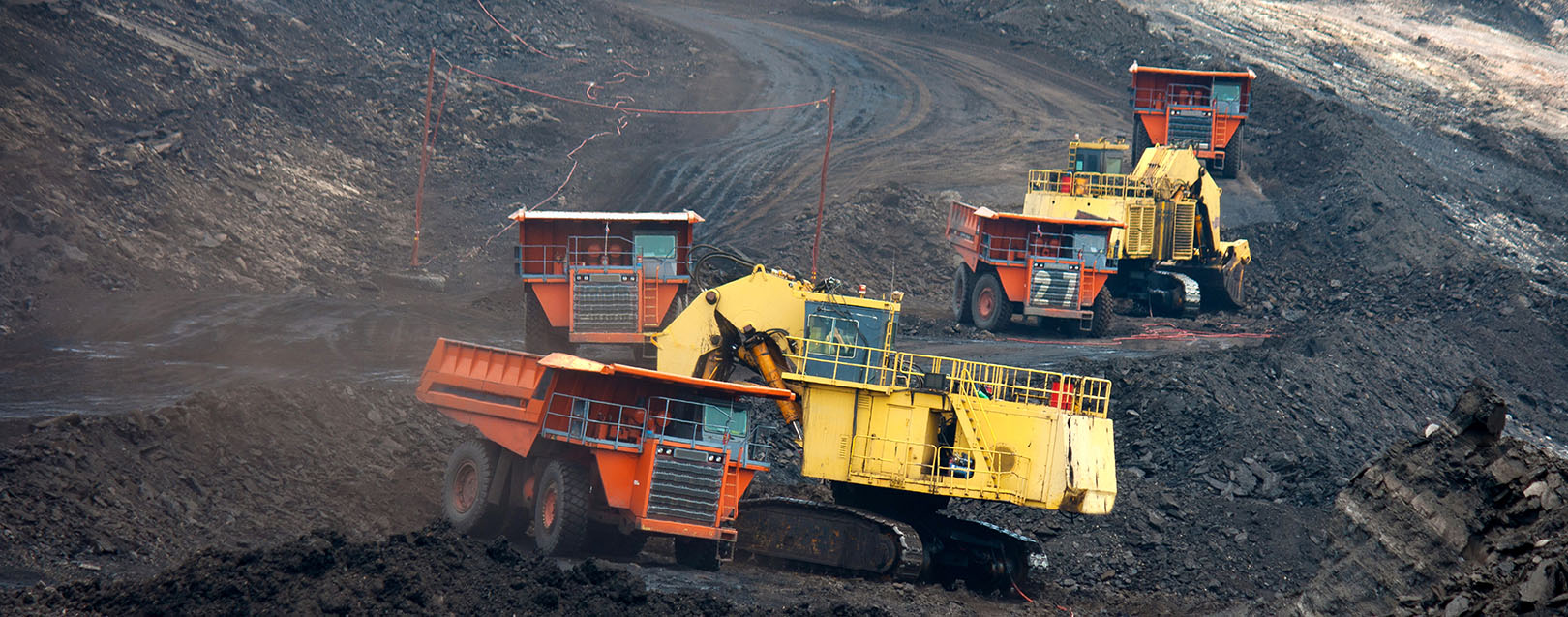
India to see steep growth in coal demand: IEA
The Dollar Business Bureau
The demand for coal from India will see the highest growth in the next five years even as it slows down worldwide on low consumption in the US and China whereas the demand for renewable energy sources increases, said the autonomous organisation International Energy Agency (IEA).
India will witness an average growth rate of 5% per annum by 2021 even as demand of coal peaks in China, the top consumer in the world, said the Paris-based body in a report on Monday.
Last year, India's coal production increased 5.1%, it added.
“Growth in global coal demand will stall over the next five years as the appetite for the fuel wanes and other energy sources gain ground,” as per the IEA's recent coal forecast.
However, most of the Asian countries will stay hooked on coal, which is affordable as well as widely available, said IEA.
The share of coal in the power generation mix will decline to 36% by 2021, from 41% in 2014, driven by low demand from the US and China, along with rapid growth of renewable energy and strong emphasis on energy efficiency, the energy agency said in its recent Medium-Term Coal Market Report.
China shows the greatest uncertainty due to its policies that can influence the market either way, it said.
The report further said that reasonable doubts will continue on the sustainability of existing prices in the market, given that the pressure on climate continues and air pollution is a grave concern which will shape the policies in India, China, and other emerging nations.
Global consumption of coal dropped for the first time in this century in 2015, declining 2.7%, whereas global production fell consecutively for the second year.
There will be huge growth in the coal demand in Asian nations like India, Vietnam and Indonesia, where generation of electricity from coal is one of the preferred options, IEA said.
Small importers such as Pakistan, Malaysia and Turkey will also drive growth in demand. The Association of Southeast Asian Nations (ASEAN) will see a 7.2% increase per annum, it added.






 to success.
to success.